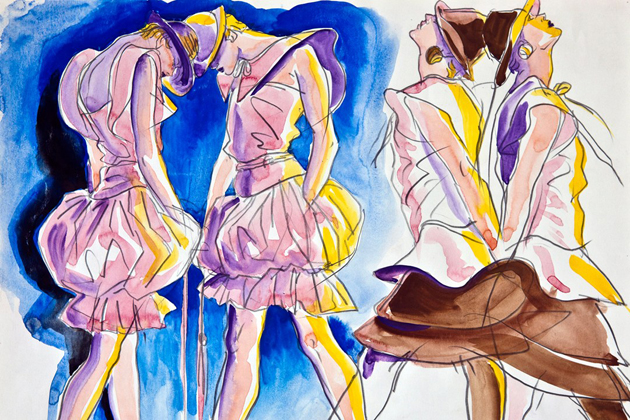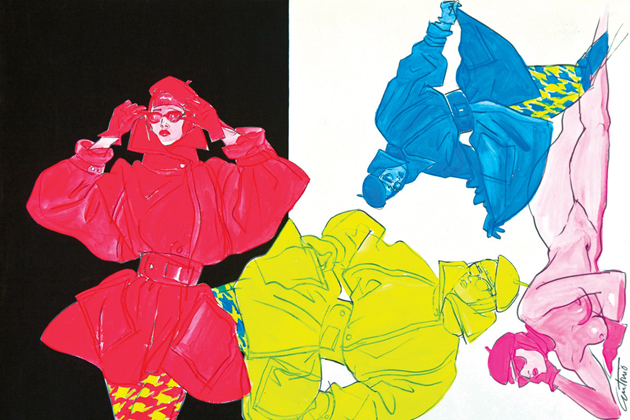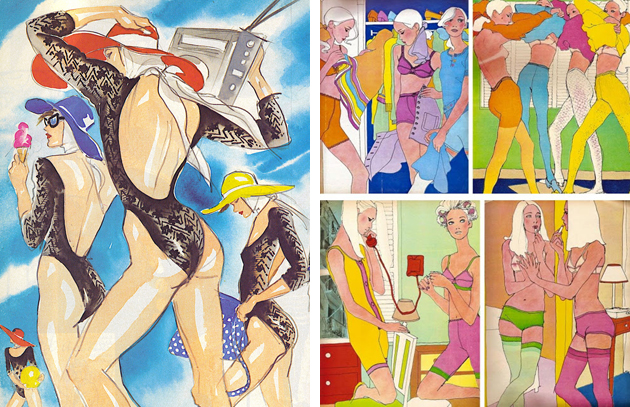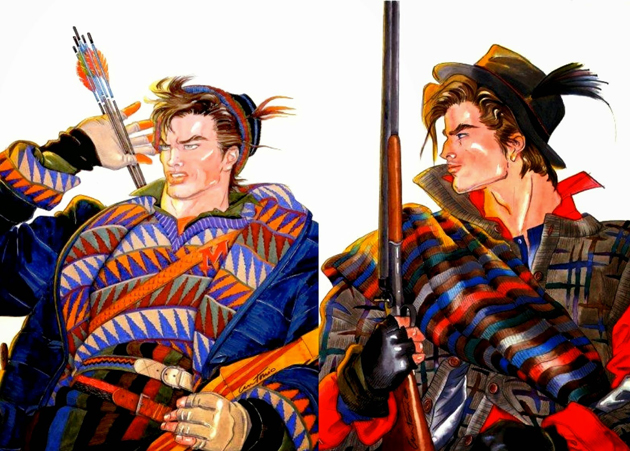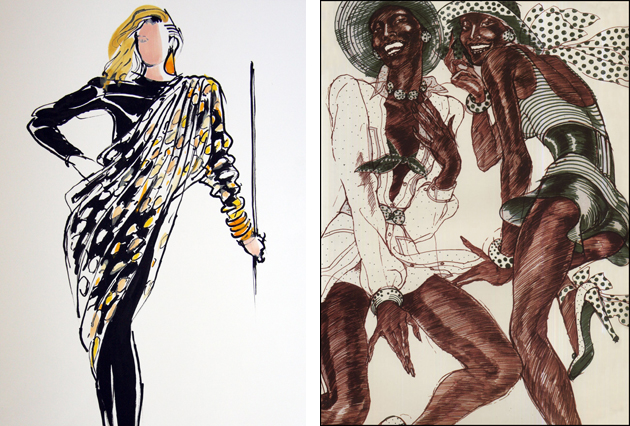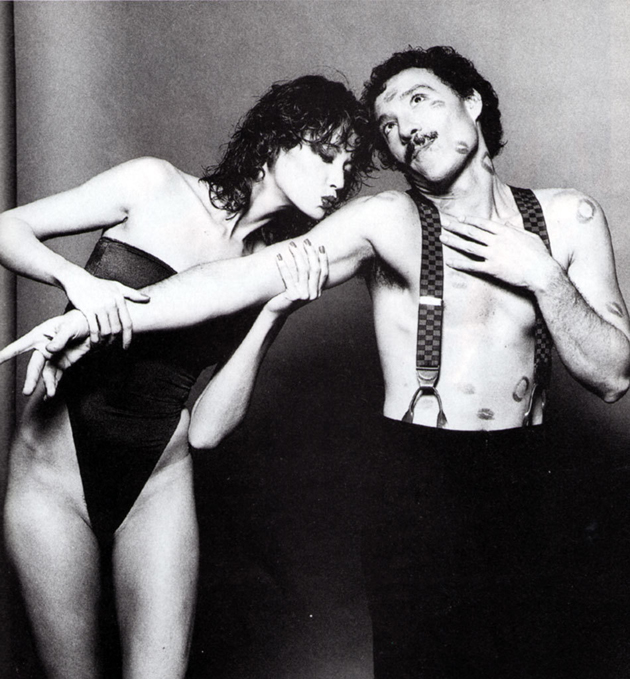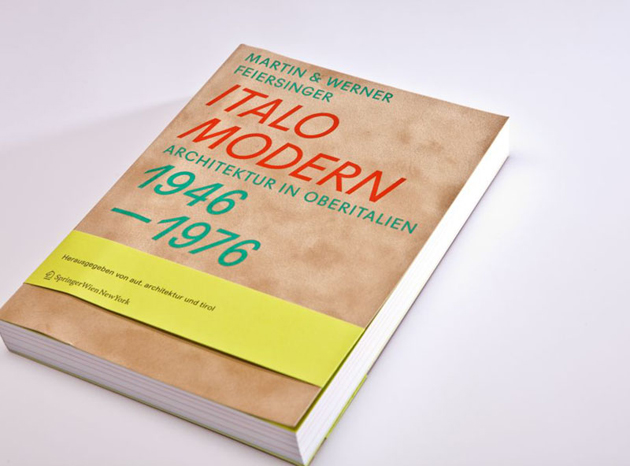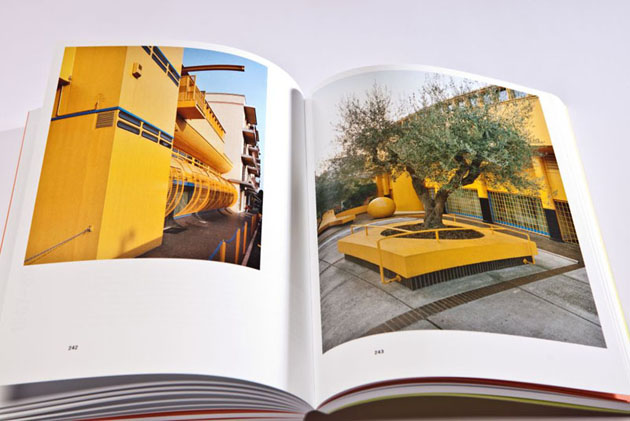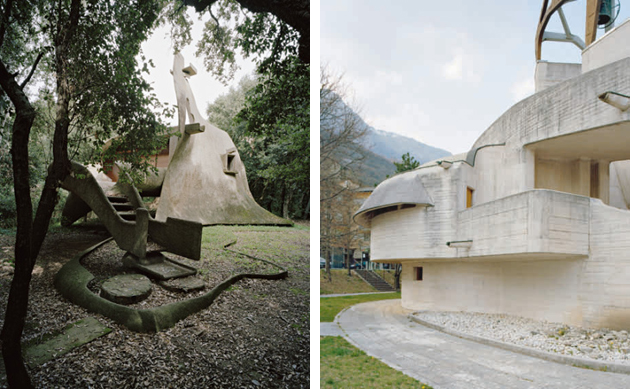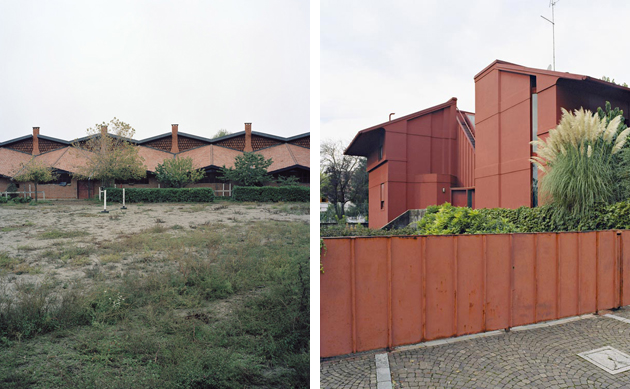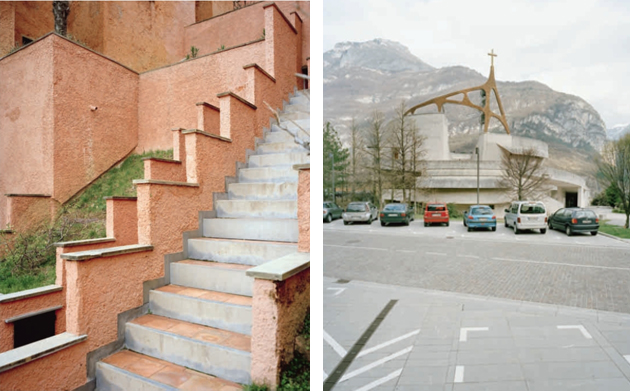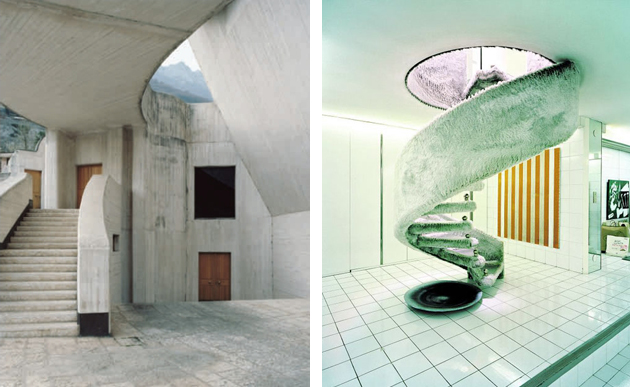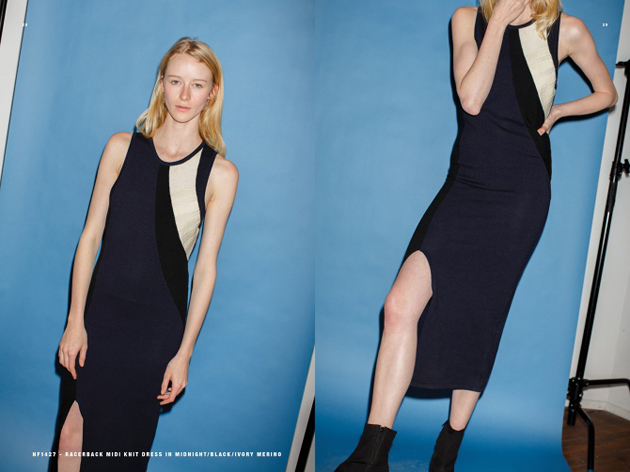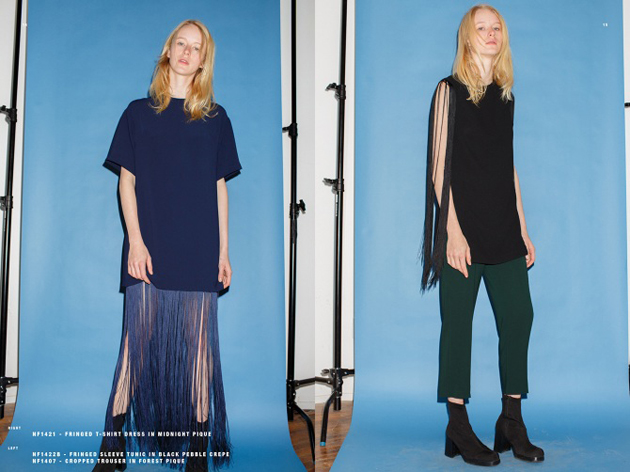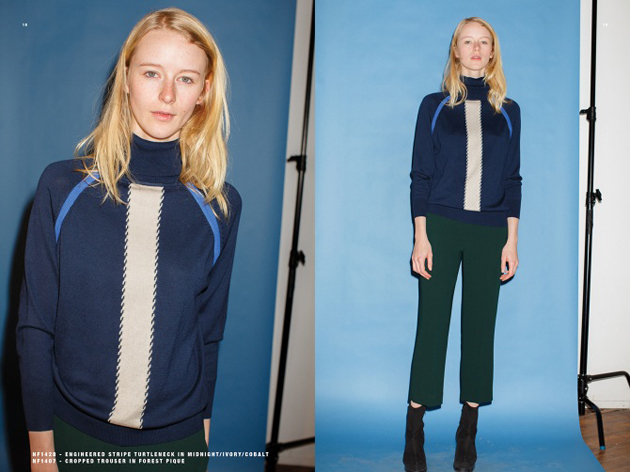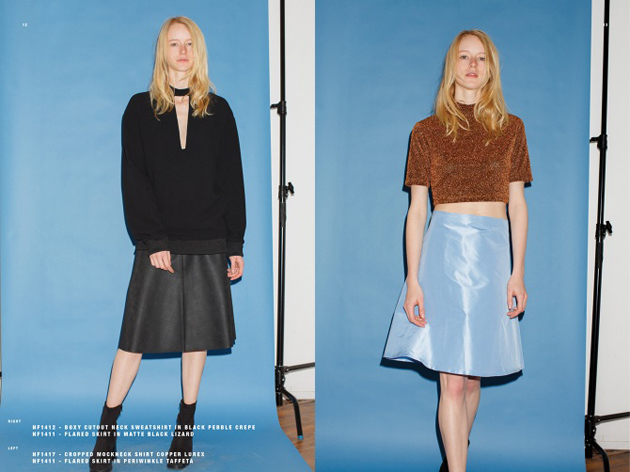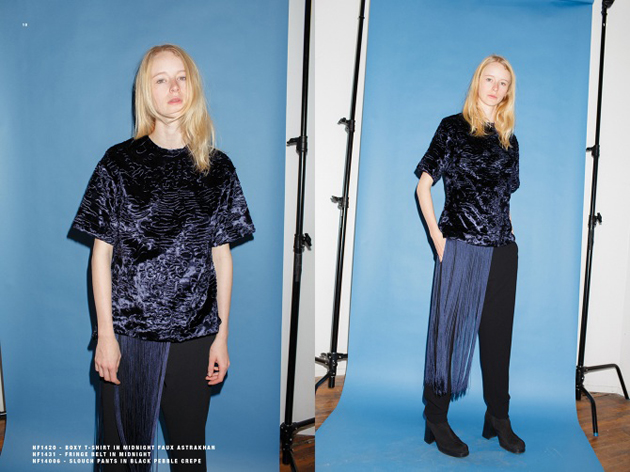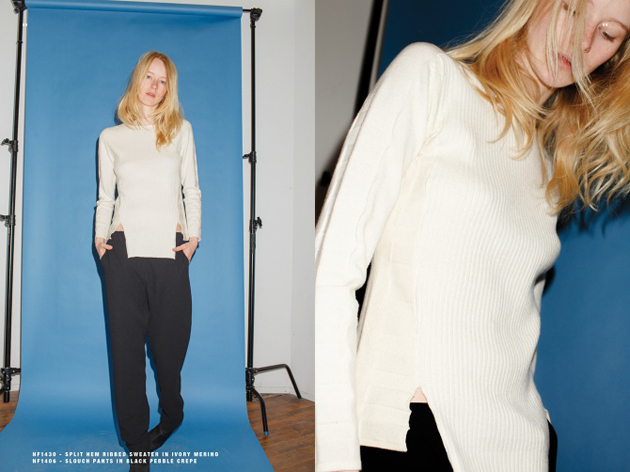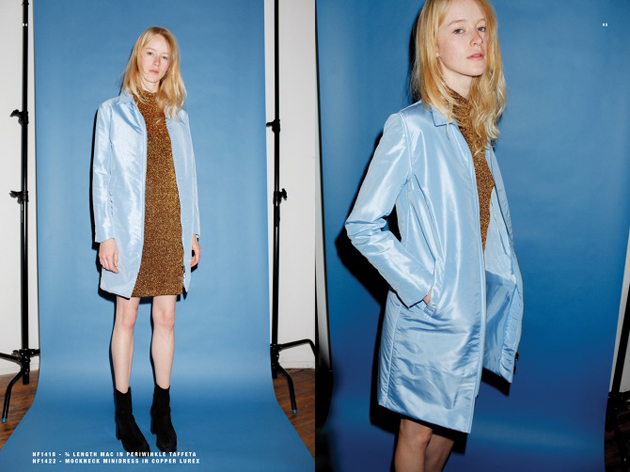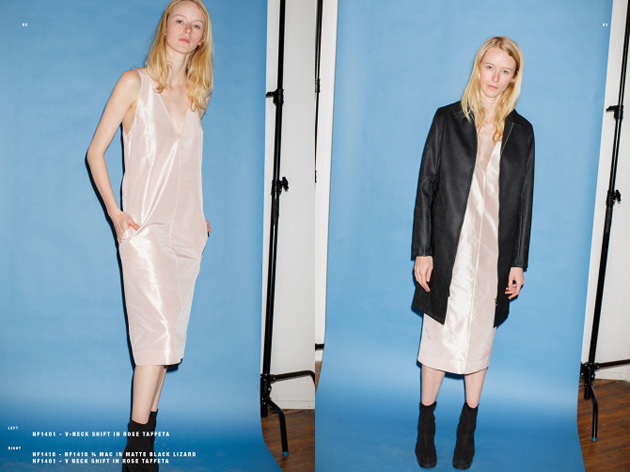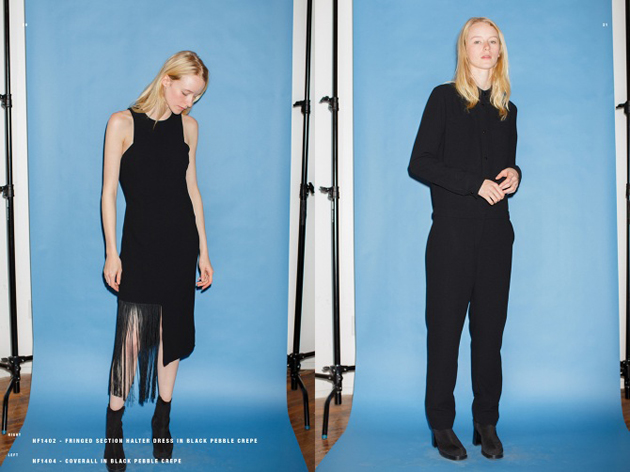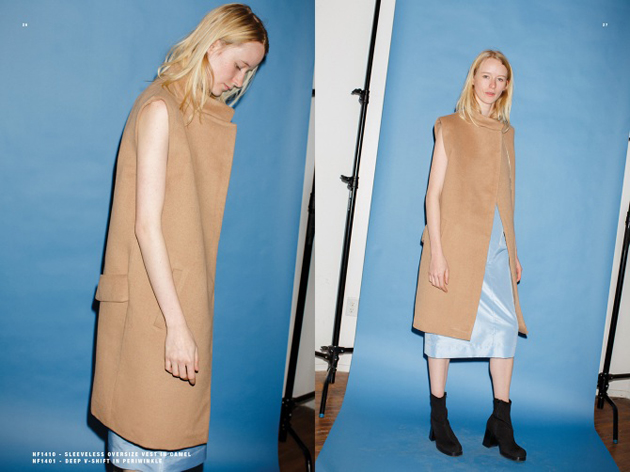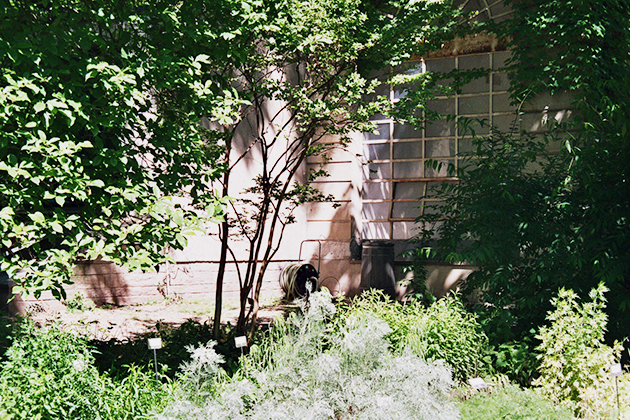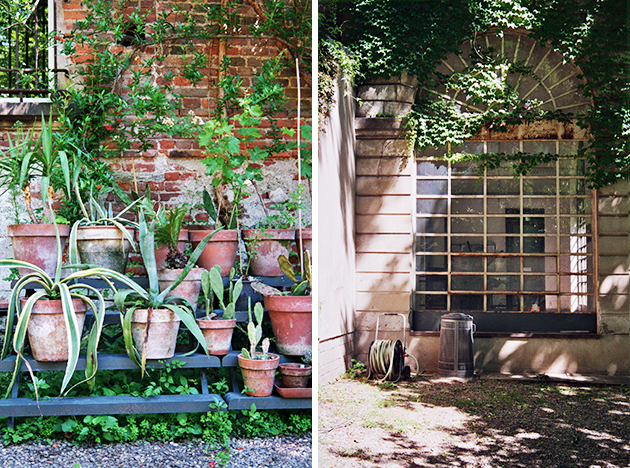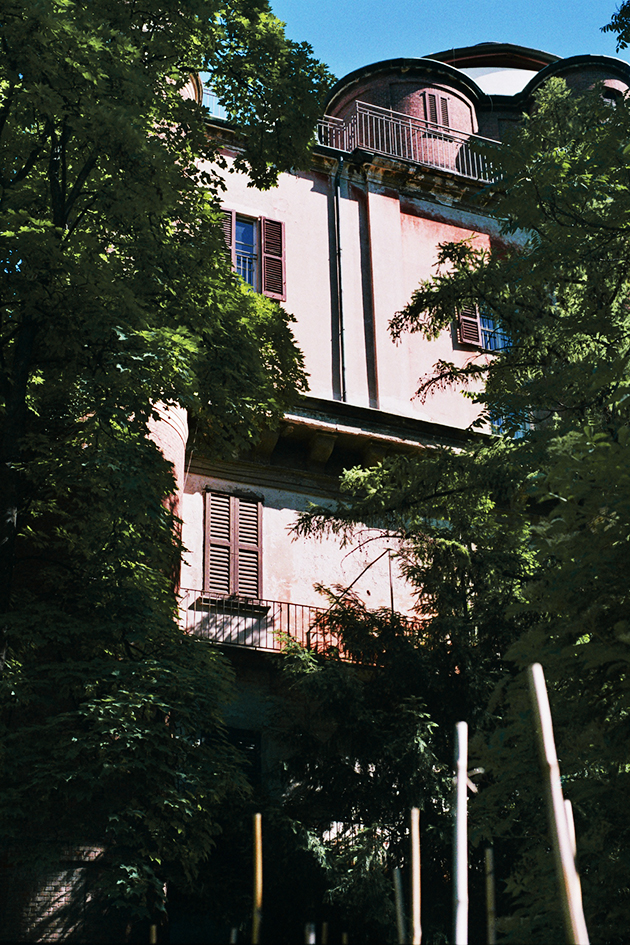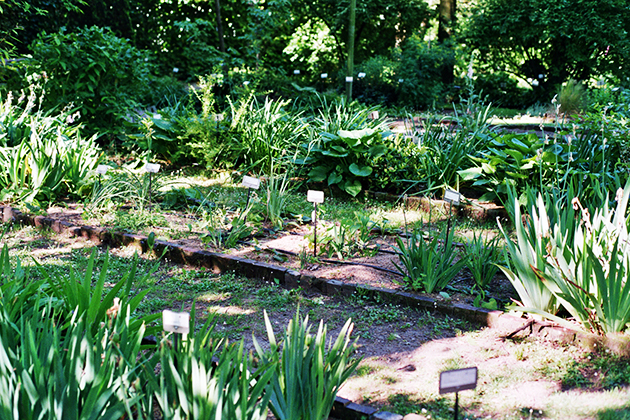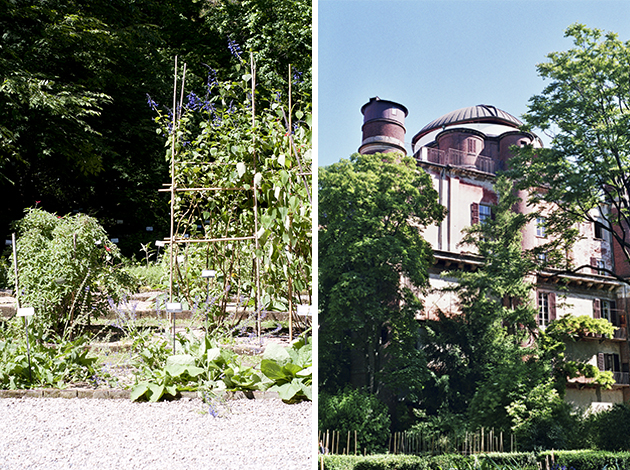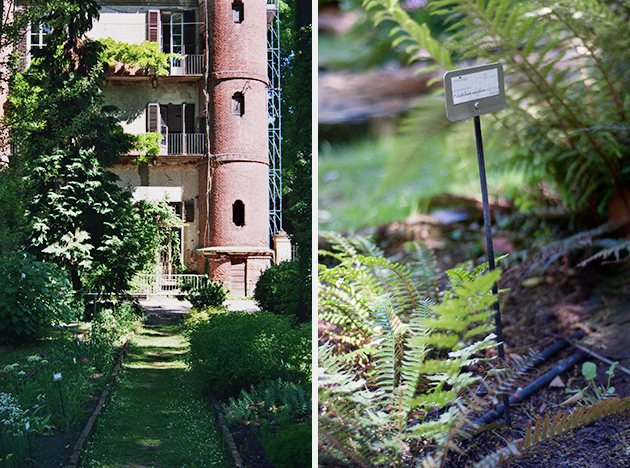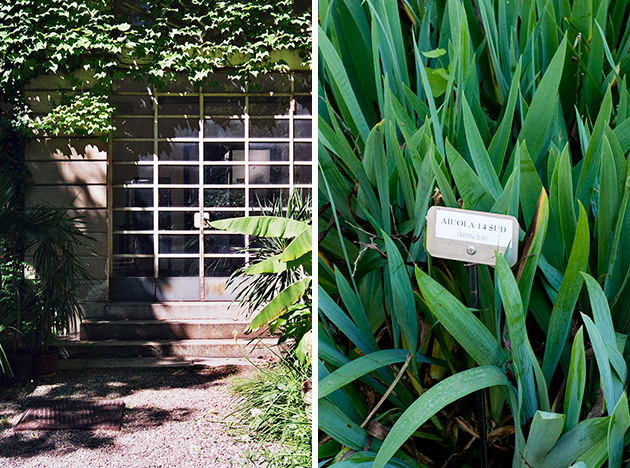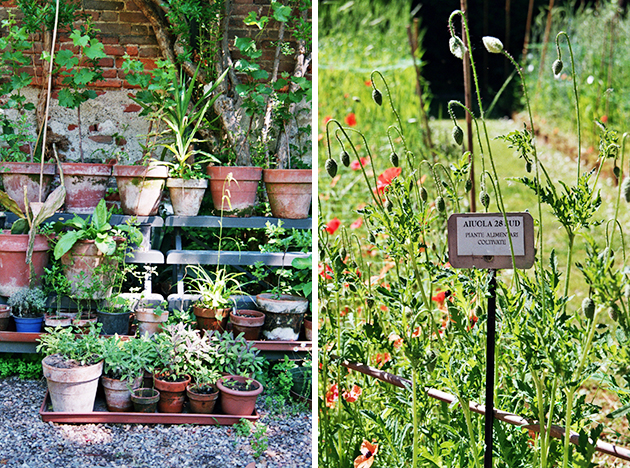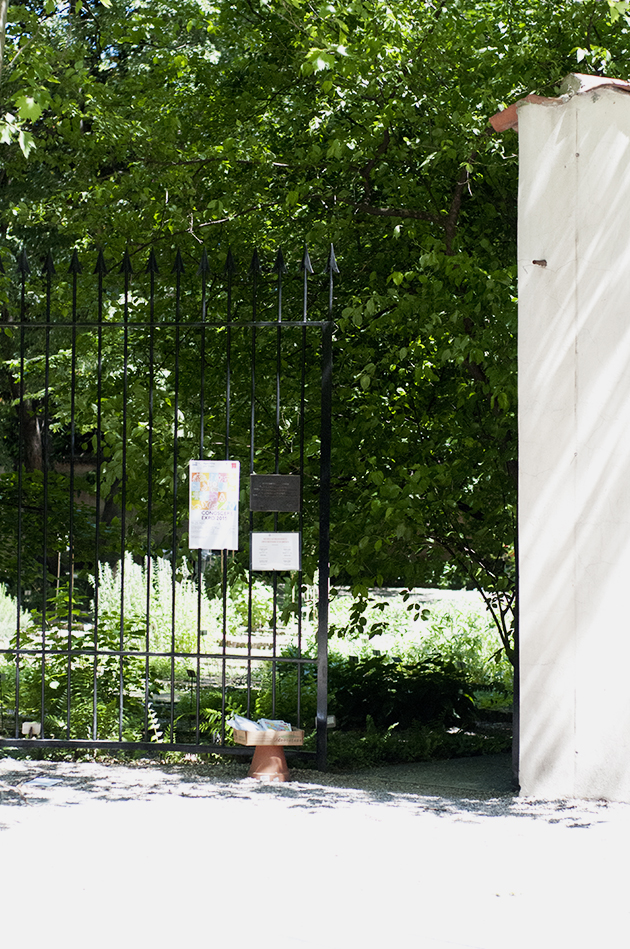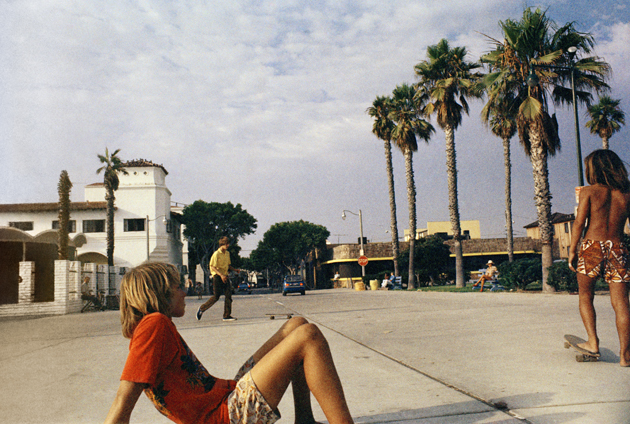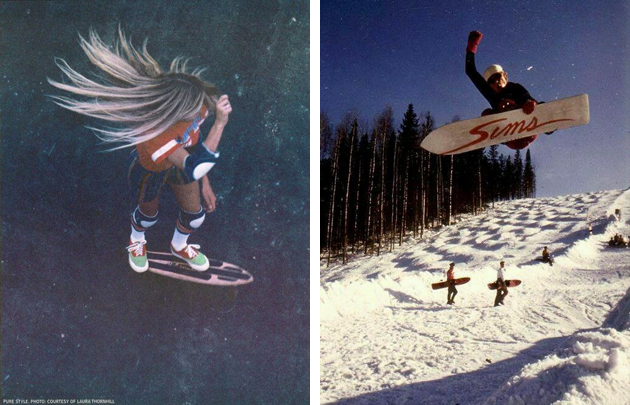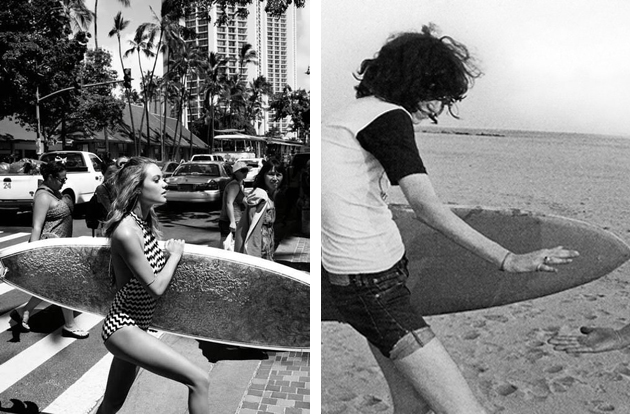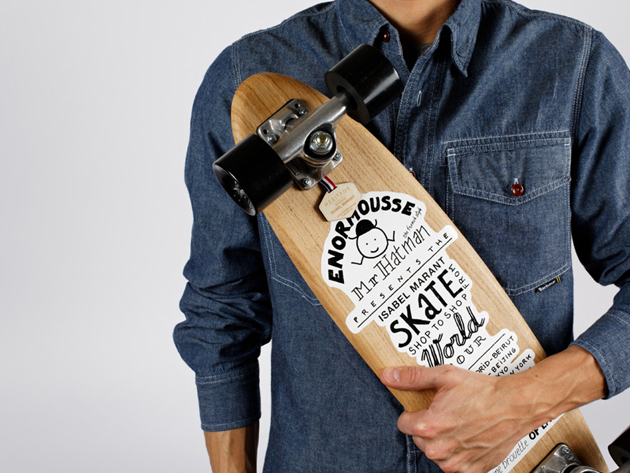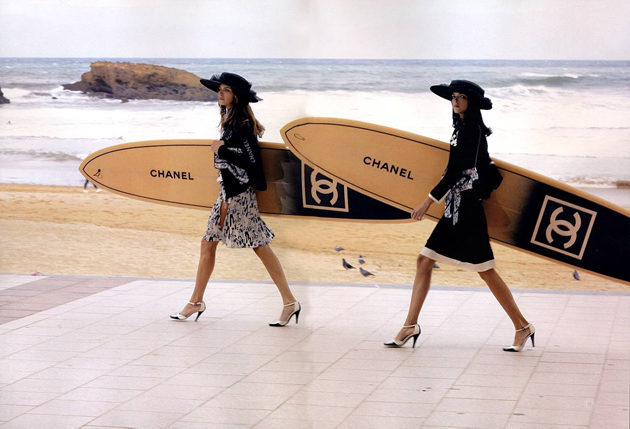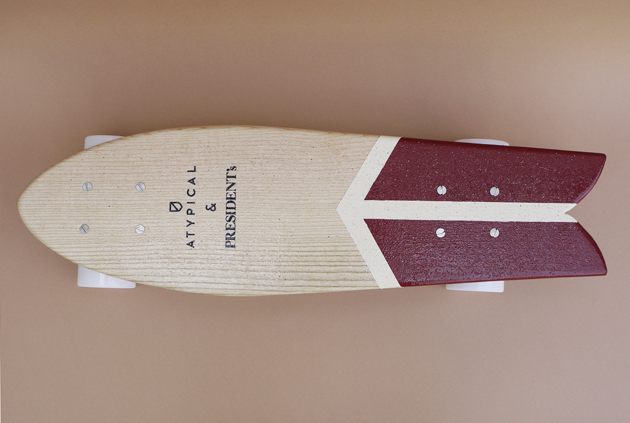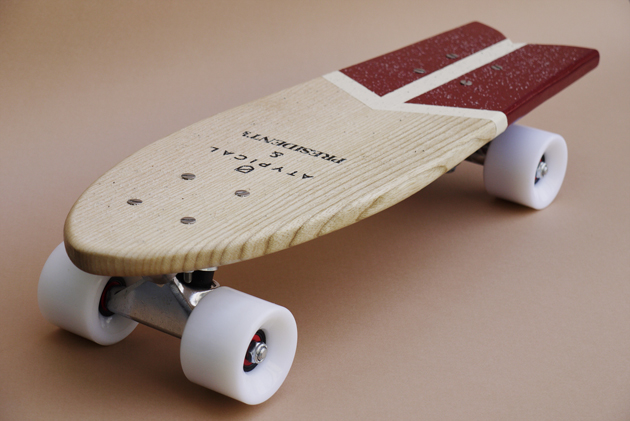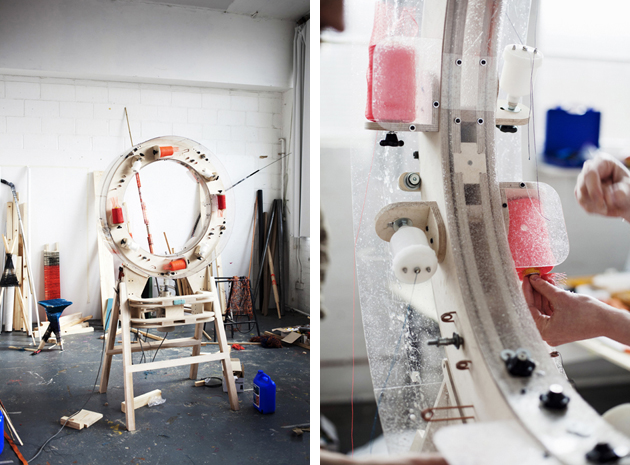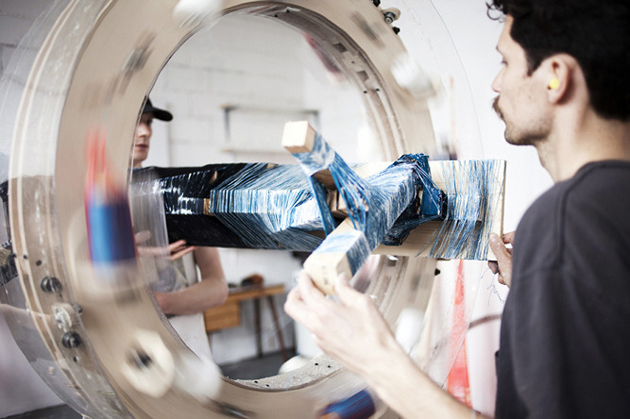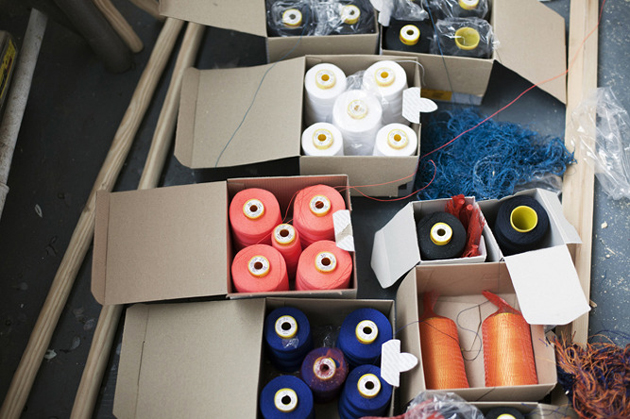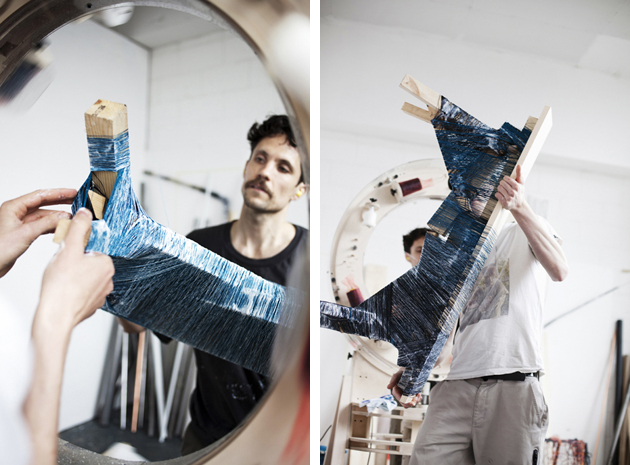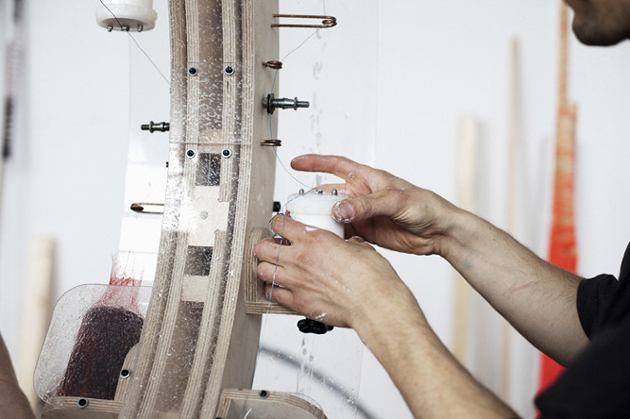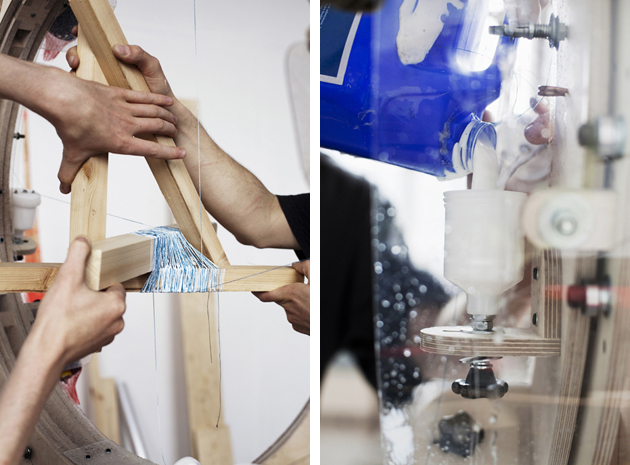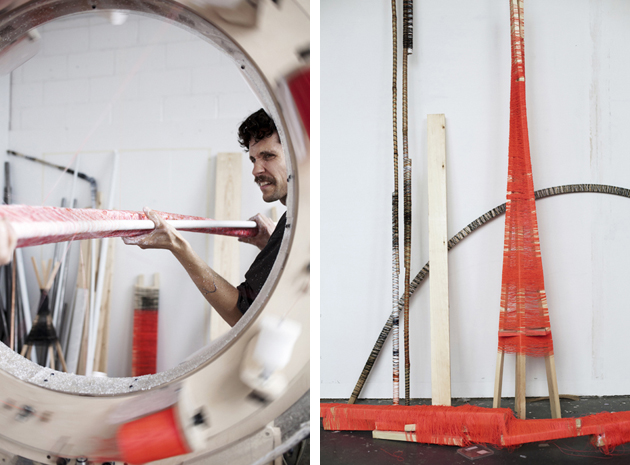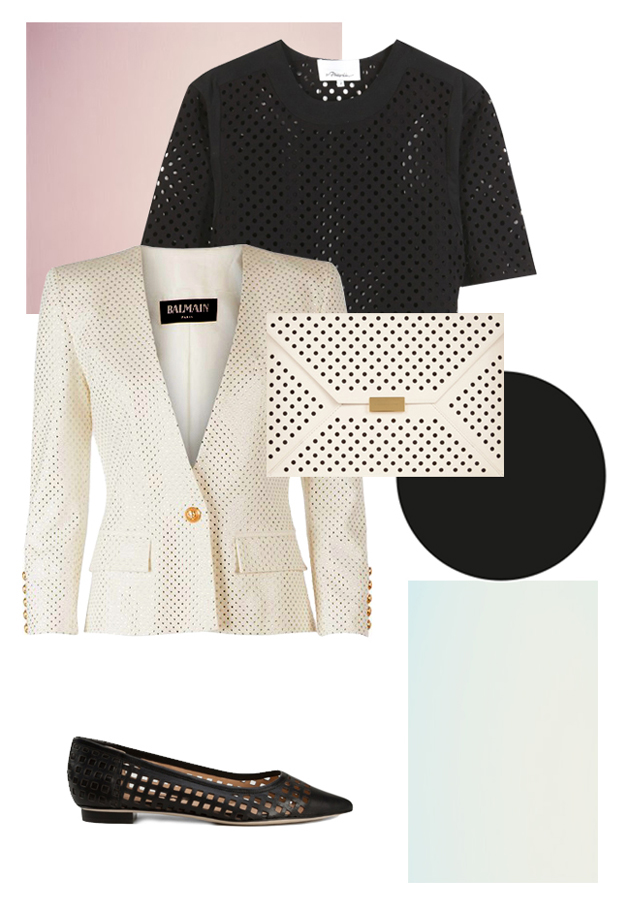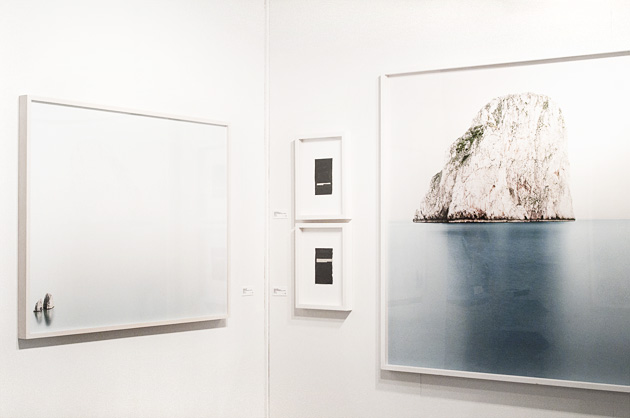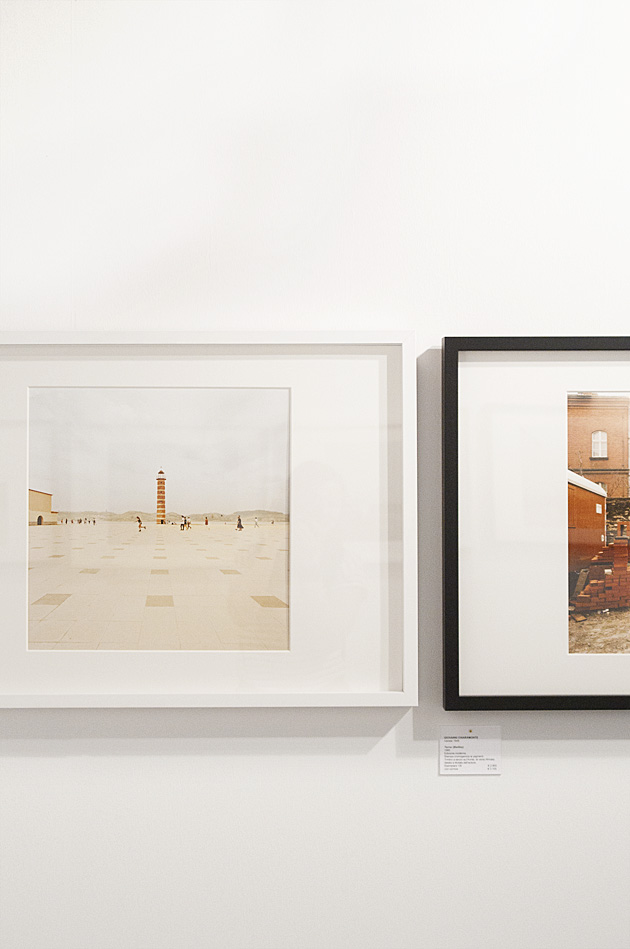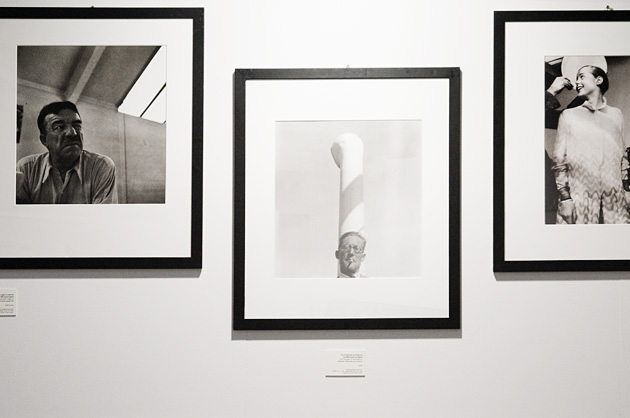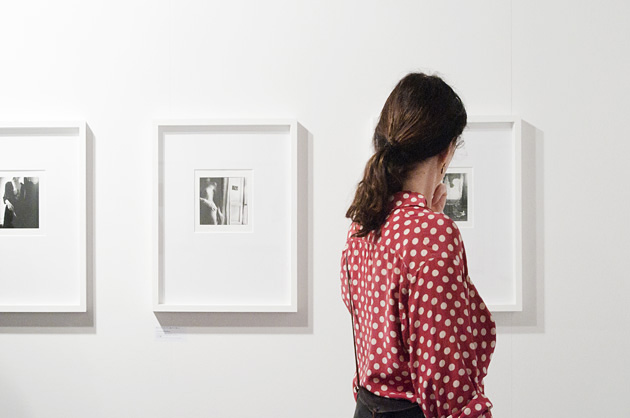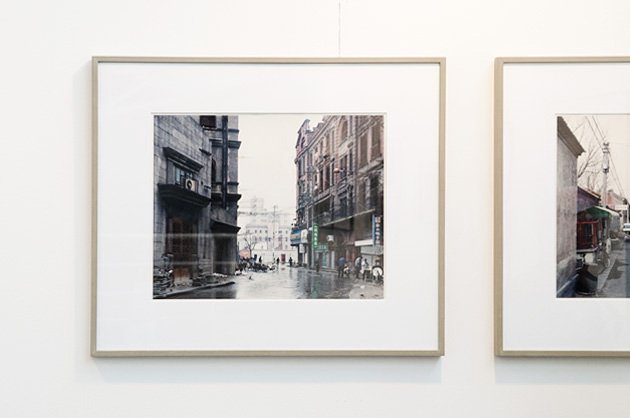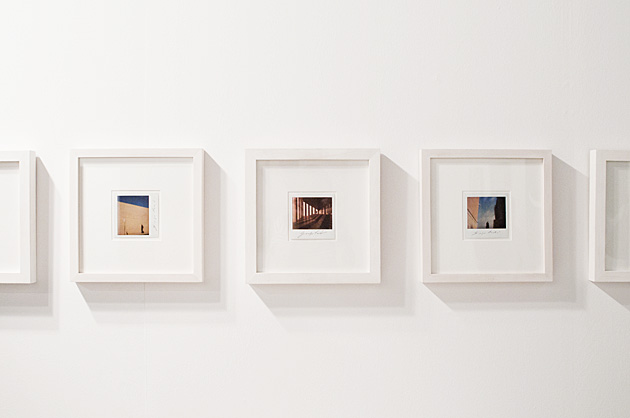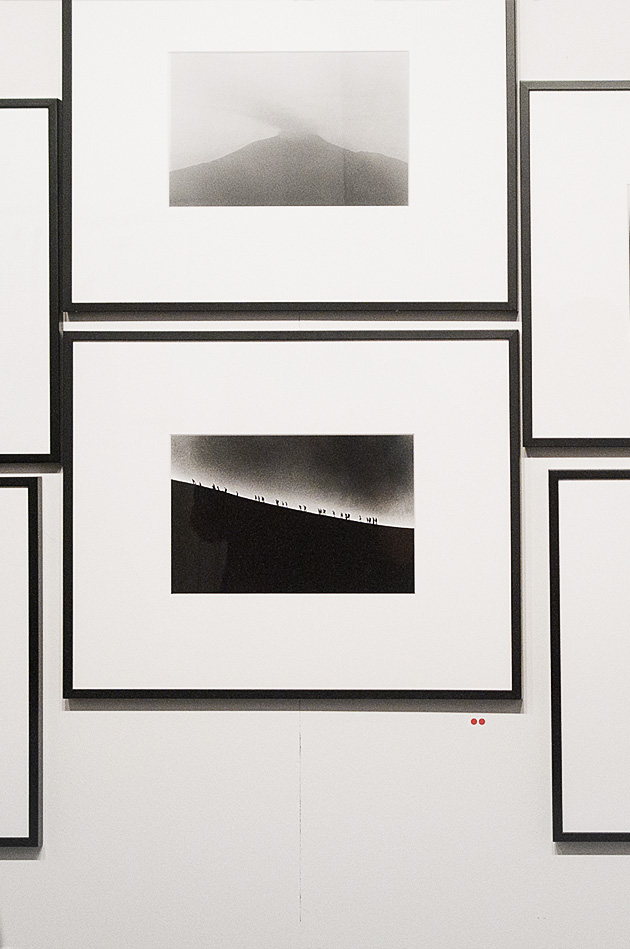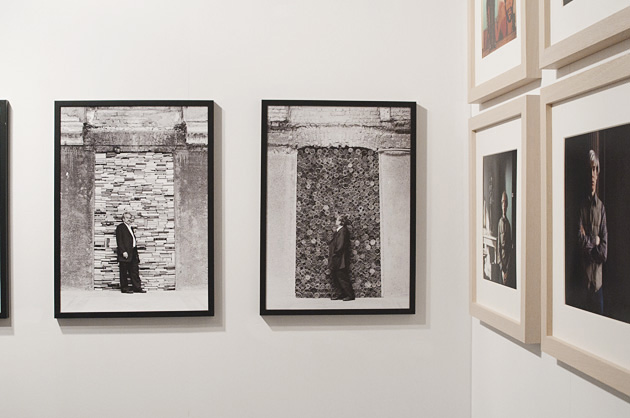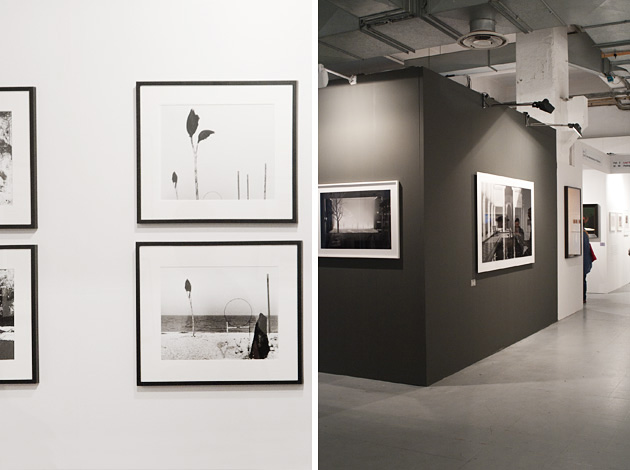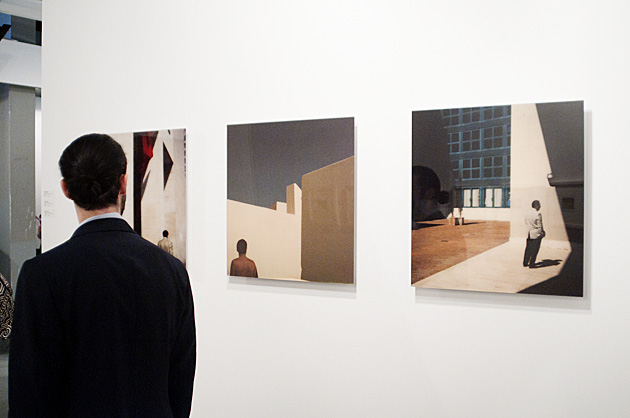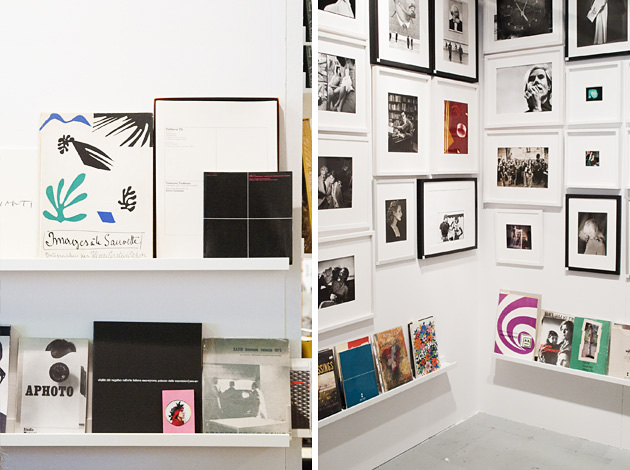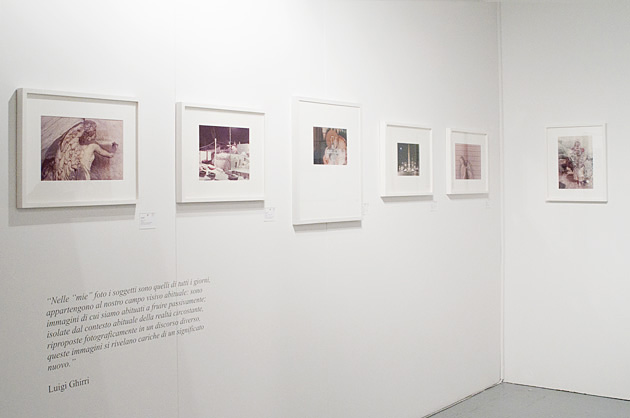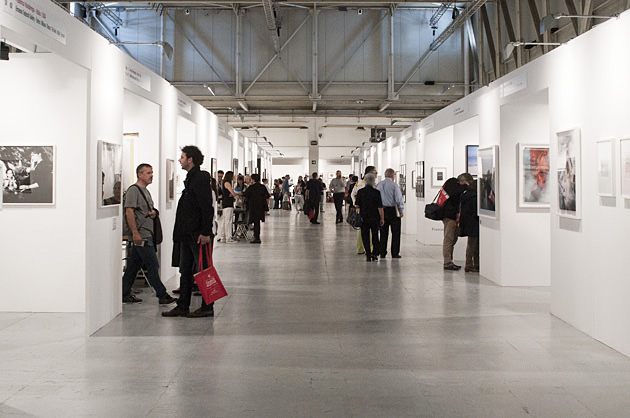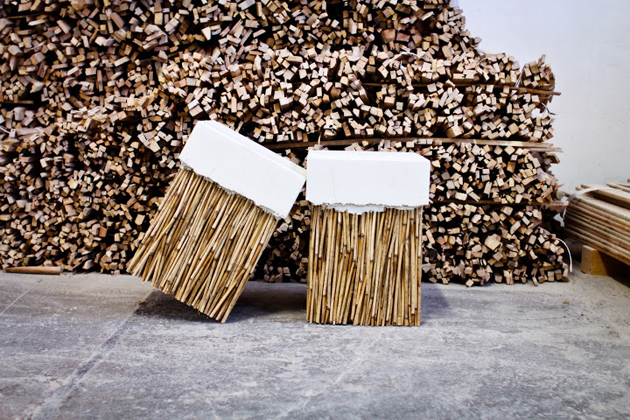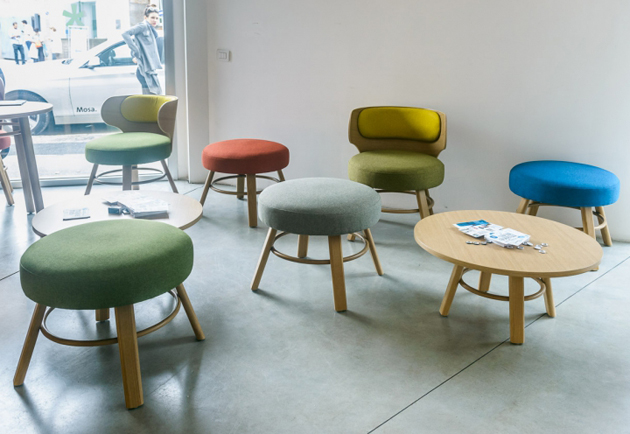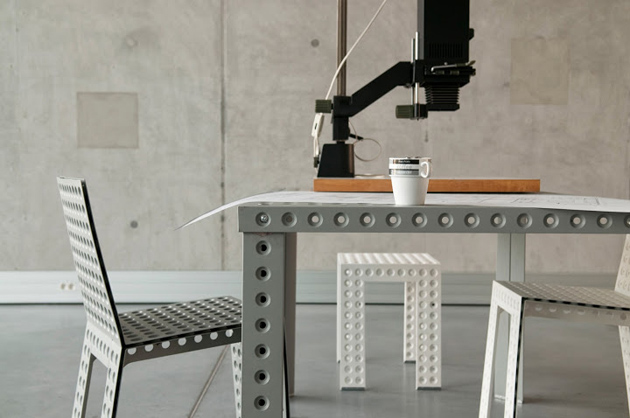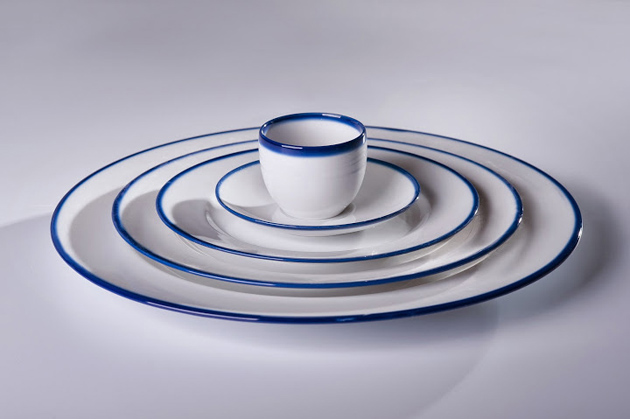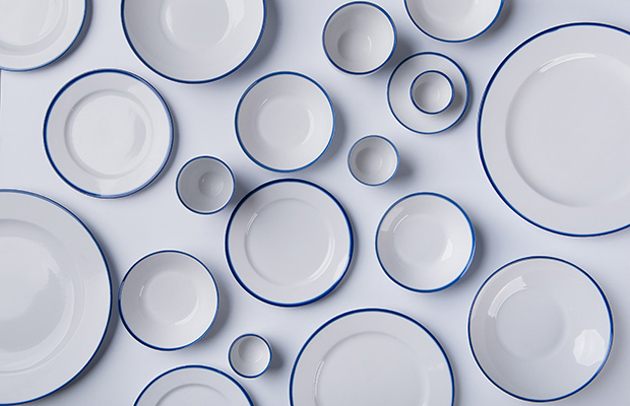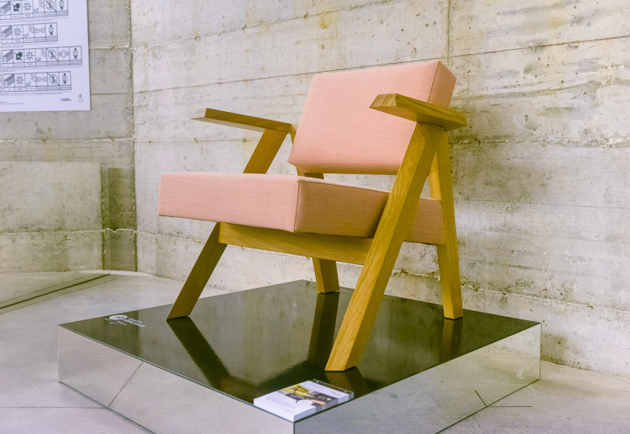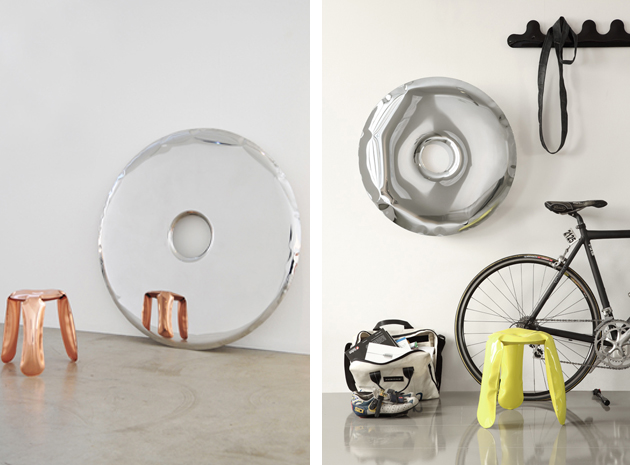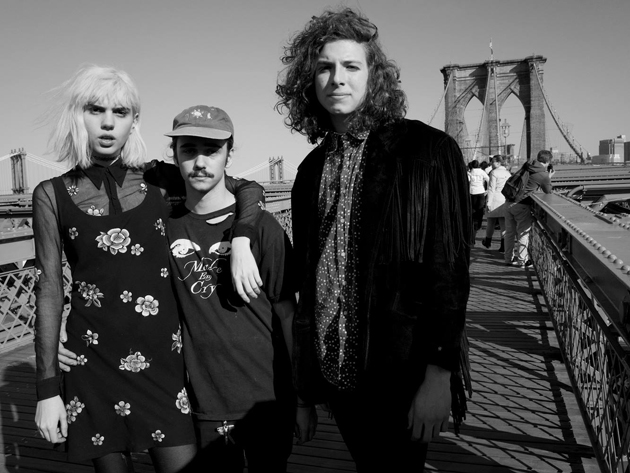
You are very young and the Sunflower Bean were born only a year ago, however, it seems that you know each other for much longer. Maybe you attended the same clubs. Am I wrong?
Yes! The Sunflower Bean is almost a year old, which is on the younger side for a band. We’ve known each other for a little more than a year. We all met through the music scene in Brooklyn, playing shows and hanging out.
Have you found harmony between your musical tastes immediately or do you have completely different preferences?
There’s a harmony between all of our tastes I think, we all love Black Sabbath, NEU!, The Velvet Underground, etc. We share a lot of the same influences.
Now, on your Bandcamp there are only 2 songs, but your sound is already well defined. Do you work hard on this, or just let yourself be inspired by the moment?
Our sound can be a little difficult to describe exactly, but we have dubbed it “neo-psychedelia for the digital age” which actually sums up what we do pretty well. When we write a song, we try to tap into the greatness of our influences without rehashing the past or being “retro.” We are looking into the future by marking the present, like in our single 2013, where we pay homage to the culture that surrounds us, for better and for worse. We record most of our songs at our friend Christian’s home studio, Fox 5 studios. We’ll go over on a Saturday or something and record our new stuff.

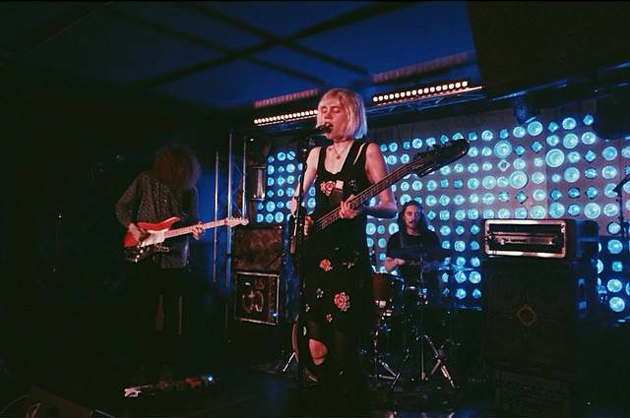
Are there any new bands that you really like or someone similar to you style that you appreciate?
One of our favourite bands around is Tonstartssbandht. They are the most inspiring, most talented, and have THE most fun live show around.
You all live in New York – how’s playing in a big city like? Is it easy for a new-born bands as Sunflower Bean to find a place where to perform? How do you prepare for shows?
Being from NYC and living here is the best. There are always bands to play with, and there are always shows to play at. There’s a really good community here. The problem is that most of the all ages venues are closing, which makes it a lot harder for people under 21 to hear new bands, and sometimes it’s really difficult for venues to let you play, just because you’re under 21. We practice a couple times a week in order to stay well rehearsed for the shows we play.
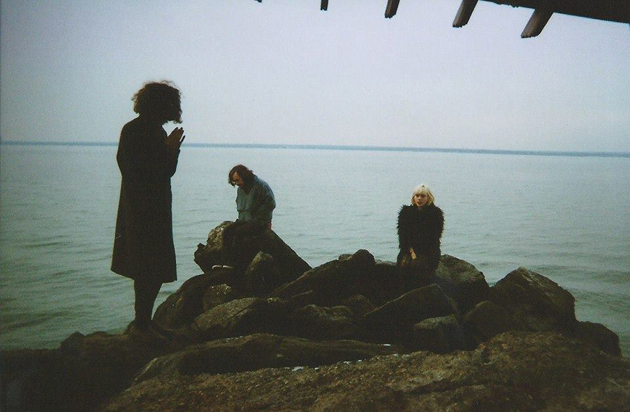

I suppose that playing in a band is not the only job that you do. What do you do in your “real” life? School? Work?
We are all students. I (Julia) am still in high school and I also work at the Museum of Modern Art in Manhattan. Nick and Jacob just finished their first years of college. But music is really what we do everyday, and it is the only thing we really want to do. It’s the dream.
Are you recording new material? Do you have nice surprises set aside for this 2014 ? Releasing an EP maybe?
We have a lot of surprises planned for 2014, new songs, new videos, and hopefully, more shows all over the world!
